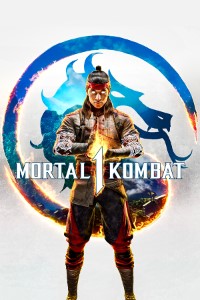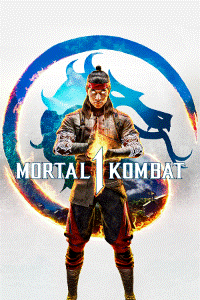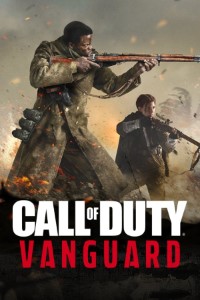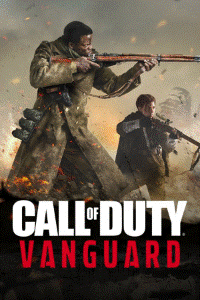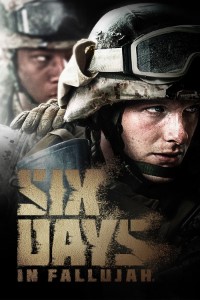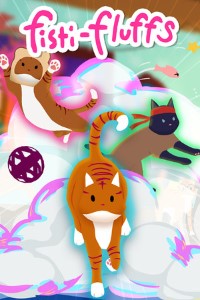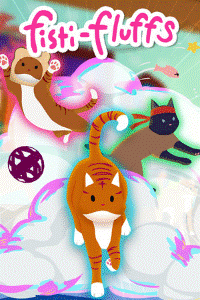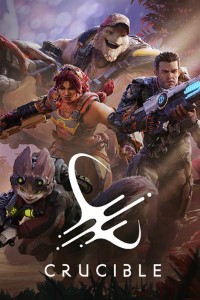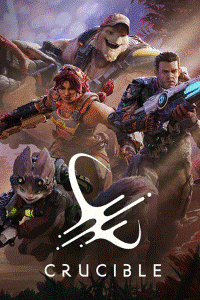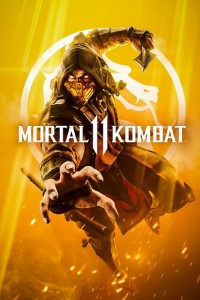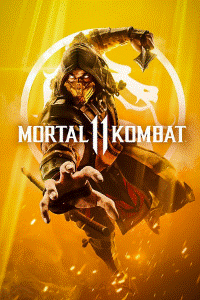The bulk of the time working with NetherRealm on this project was focused on Fatalities and Supermoves. Involving flinging blood, shattering bones, dust impacts, magical attacks, placing blood in a tasteful composition, insects crawling on characters, blowing up the earth. All the normal things we expect in a fun game. Each of these scenes were a treat to work on. Giving room to grow in both tech and art. With the challenge of telling a story in a short amount of time.
A key component of the Supermove is an X-Ray shot. At the time of joining the project there was no tech in place to support this. I created a high level tool set in Houdini. That imports a skeleton exported from engine, allowing the user to select bones to break, they fracture it, then the tool cleans all geometry, sets spawngroups, retargets the fractures to a bind pose, and then exports meshes and point caches. Then in Niagara, custom modules were made to rebuild the bones to be animated as particles. The Niagara System is attached to the skeleton character. The original bones were hidden via a bitmask that was generated in Houdini. The tool can retarget the fractured pieces to all other sized characters with a single button.
During my first several months of working with SledgeHammer Games, I made numerous weapon effects. These consisted of unique effects for third person, first person hip fire and aiming down sites. Giving clarity, responsiveness and characteristics of each weapon, all while keeping a consistent visual across all weapons. During Beta we learned we needed to make sweeping changes to these effects, comprising over 500 particle systems. To save the team manually opening up each of these systems making several edits to each. I created a python script to bulk edit all the systems, generating P4V changelists for each weapon. This tool was used several more times, saving weeks worth of time.
Once all the weapon effects were complete. My focus shifted to transferring level effects into miniature levels for the new start of the round scene. This involved using Radient’s Editor and more python scripting. Prior to leaving this project I made an extensive confluence page. Covering all knowledge I had learned for the steps in hooking up weapon effects for future artists.
There were only a few weeks that I worked with Highwire Games. A large focus was on realism and physicality. This led to using two different renders for each smoke particle. The first renderer was for volumetric rendering. Allowing better looking shadows and depth since the player could walk into them. Whereas the other renderer was a typical sprite with a looping smoke flipbook. This gave the smoke lighting details that the volumetric wasn’t capable of making on its own.
Another aspect of this project was procedural levels. To help achieve this direction, almost all environment particle systems had parameters for adjusting the spawning shape and size. Which was hooked up in their procedural system. As an example, our systems know how long a ledge is. So it would spawn an amount of particles in relation to the length of the ledge.
During the development of Fisti-Fluffs with Playfellow Studio, I was able to assist with one of the attack suites. Along with consulting at various stages of the project. My favorite effect I made was the flames that are on the head of the cat during charge up for the attack. Using only a static mesh using a masked spline thicken material. Keeping the implementation simple and cheap for the Nintendo Switch.
Working with the environment team at Amazon Games I was able to help give the world of Crucible life. Filling the large map containing several biomes with small creatures, falling foliage, blowing debris, and more. This led to making the weapon impact effects for different material responses. Towards the end I was able to make the effects on the character Earl and a bit on Tosca. Giving them both more life, giving their personal flair to their effects.
A unique part of this project was all the effects were created in Popcorn FX, a third party particle editor. Which was used in tandem with Amazon’s Lumberyard. This gave a lot of flexibility being able to directly code particle motion. But we could only use either Lumberyard or Popcorn materials. Limiting us to materials could be passed particle attributes or have custom materials. In several cases it was simpler to make a complex ribbon particle with a Popcorn FX material, in order to achieve a similar look to a mesh with a Lumberyard material so we could pass alpha values of the particle.
When I was brought on to work with NetherRealm, I worked on the story cinematics. These were pre-rendered and saved to disk, allowing for epicly scaled content. Using large caches from Houdini to rebuild a cathedral or pull the blood out of a creature to attack a character with. Using materials that are typically too expensive, for these grandiose scenes.
Later on moved onto creating effects for Supermoves and Fatalities. This was an exciting opportunity because it would be the first time Netherrealms allowed external teams to work on in game effects. Each of these moves came with unique visual looks and challenges. Whether it was crafting the flow of blood piercing out of the victim. Or making a cinematic composition of bullet tracers slowly moving by in the far ground, to allow for the faster tracers in the mid ground to have more of a visual impact.

